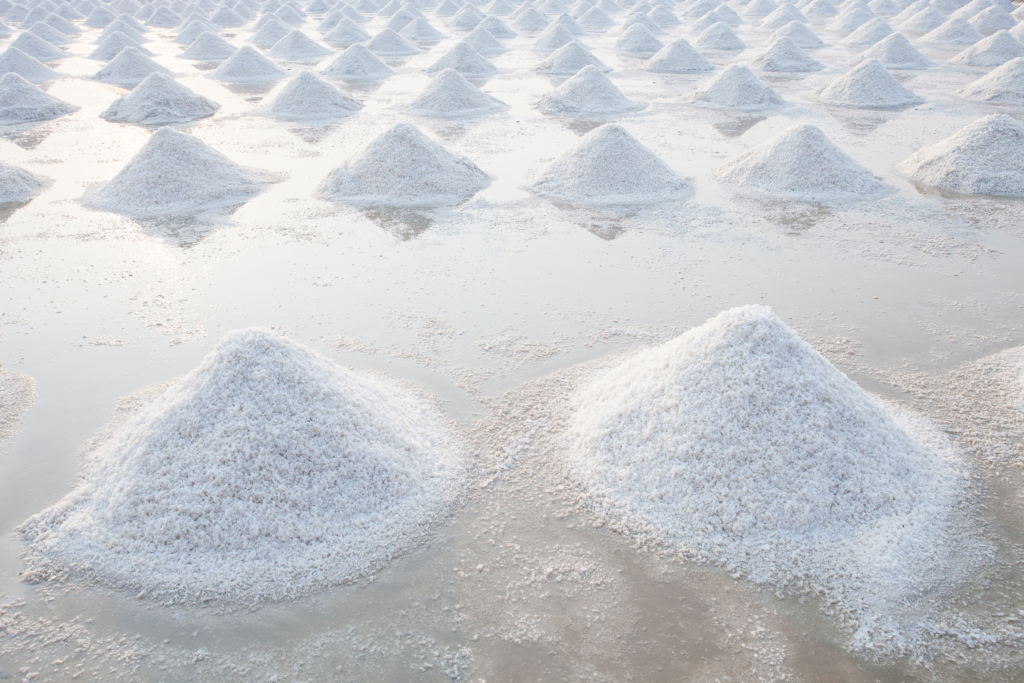Human activities on earth has increased the salt content in the soil, water, and air, which has already caused significant problems for freshwater sources. It isn’t some flashy threat to our existence — like, say, a meteor hitting Earth — but the issue is gravely overlooked and is a “sleeping giant.”
Salt is commonly thought of as the white substance we use to flavor our food or find in the ocean. However, sodium chloride is just one type of salt, and there are many other salts such as calcium and magnesium that are being found in unexpected places.
In the past half-century, the amount of salt in streams and rivers has risen due to increased human use and production of salts. This has resulted in approximately 2.5 billion acres of soil, equivalent to the size of the United States, becoming saltier. Additionally, salt lakes are evaporating, leading to the release of saline dust into the atmosphere.
The rising levels of salt in water could pose a serious threat to our freshwater resources. More salt is being carried by water, which enters underground water sources, soil, and the oceans.
The normal salt cycle of earth has been disrupted by human activities such as agriculture, mining, construction, water and road treatment, and industrial activities. This has resulted in an increase of salt in the ground, freshwater systems, and air.
Scientists had limited knowledge about the extent to which humans were affecting salt concentrations worldwide. However, the level of alteration humans have caused to this natural cycle is concerning.
These changes pose a serious risk to the availability of freshwater. With only 3 percent of Earth’s water being fresh, the increasing contamination of this limited resource by salt requires proactive environmental measures to tackle the problem caused by human activities.
Reference- Journal Nature Reviews Earth & Environment, National Geographic, The Washington Post Story, BBC
